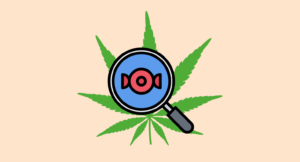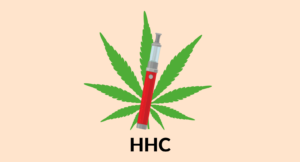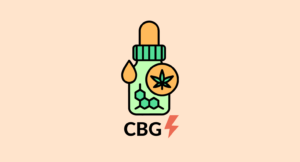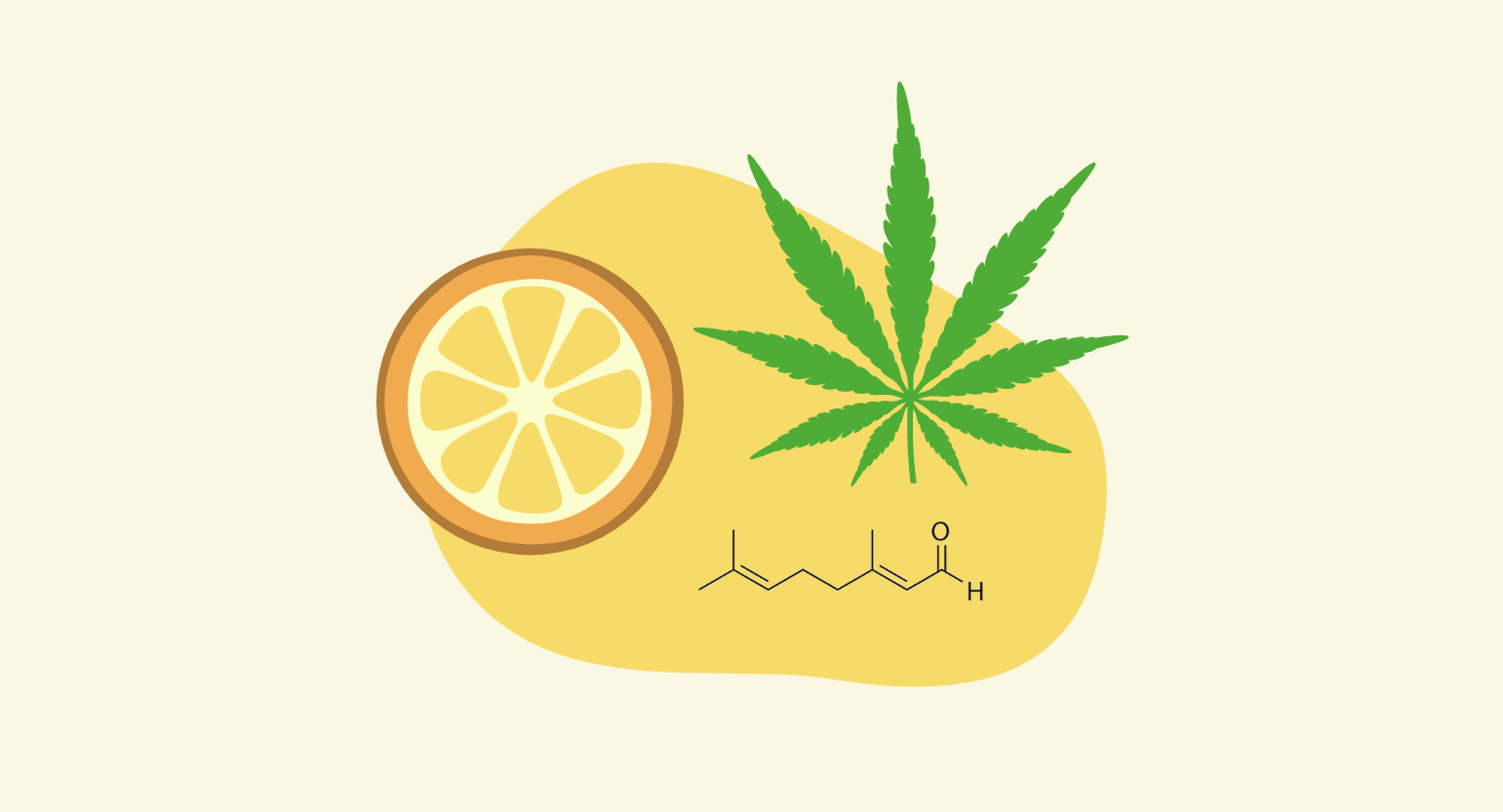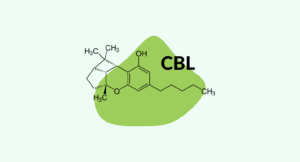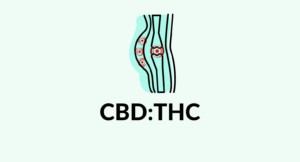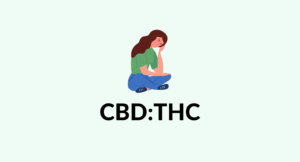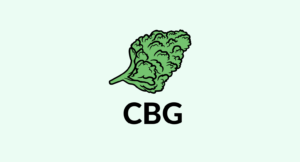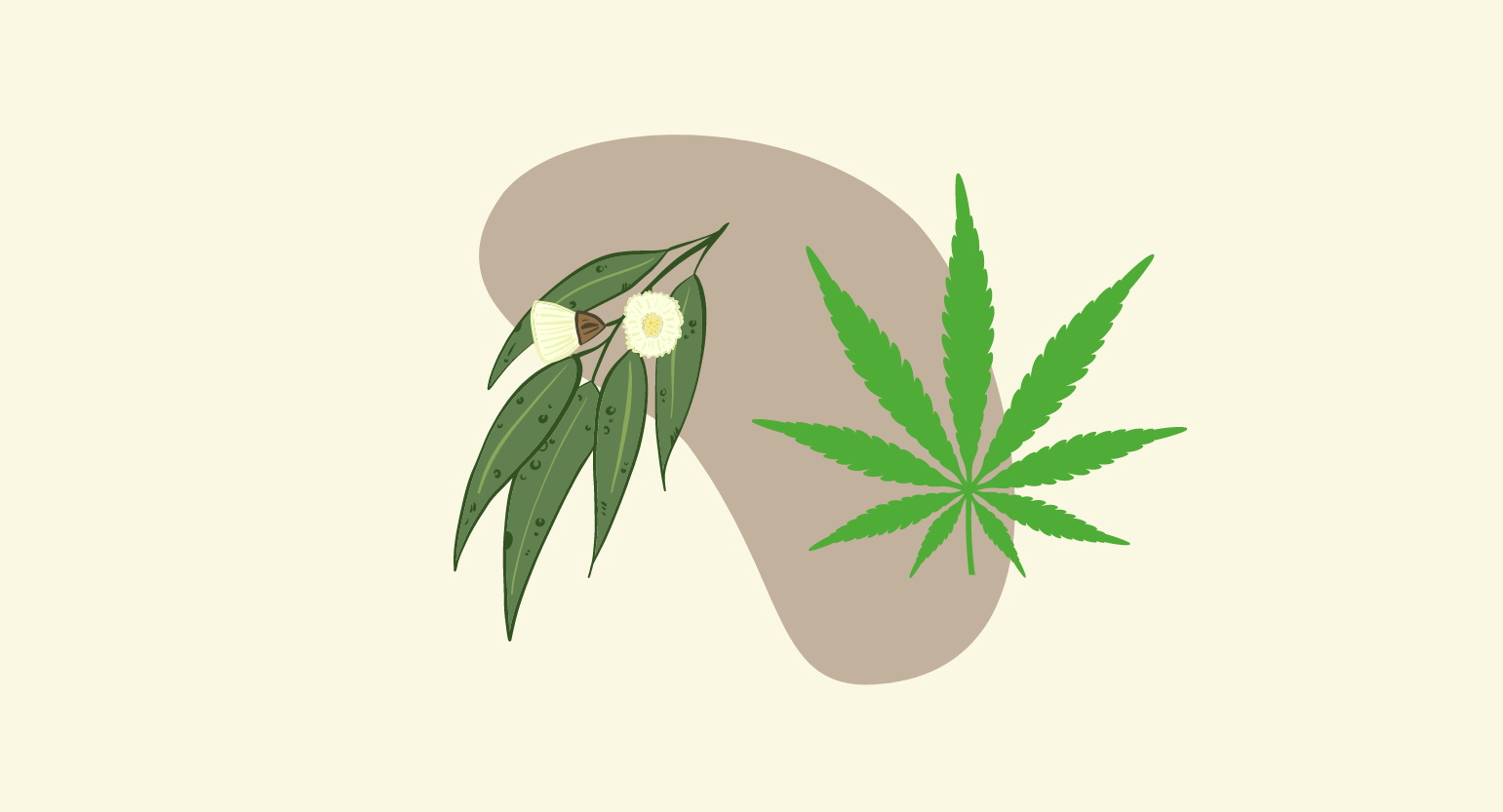
Eucalyptol (1,8-Cineole): Effects, Benefits, Common Strains
Eucalyptol, also known as 1,8-cineole, is a monoterpenoid dominating the eucalyptus plant. Here’s what you need to know about it and where to find it in cannabis.
Eucalyptol, also known as 1,8-cineole, is a terpene found in hemp plants with a distinctive menthol aroma. That characteristic “cooling” scent found in many strains of cannabis likely comes from high concentrations of this terpene.
Eucalyptol has been traditionally used to relieve throat discomfort and nasal congestion. It’s an active ingredient in natural remedies for sinus congestion and pain.
Here, we’ll explore what this terpene is, what makes it special, and which cannabis strains contain the highest concentrations.
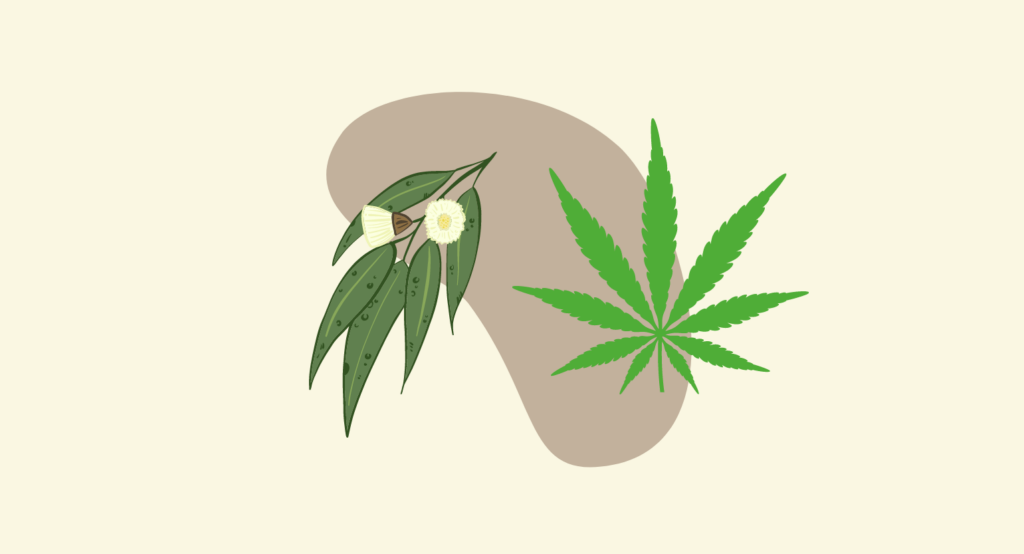
What Is Eucalyptol?
Francois Stanislas Cloez first identified 1,8-cineole (eucalyptol) in 1870. It’s the dominant component of the essential oil in the eucalyptus tree (makes up about 80% of the total essential oil content).
This terpene occurs naturally in a variety of other plants as well, including tea trees, cinnamon, basil, sage rosemary, mugwort, cardamom, and hemp.
Eucalyptol is the dominant ingredient in products associated with minty-freshness, like mouthwash, toothpaste, cough drops, hard candies, and gum. It’s also widely used in the aromatherapy industry in essential oil blends and lotions and can be applied to the skin or gums.
Eucalyptol Specs:
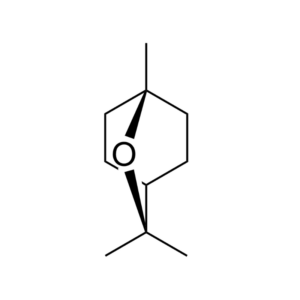
- Type of Terpene: Monoterpene (Acyclic)
- Molecular Formula: C10H18O
- Molecular Weight: 154.25
- Solubility: Insoluble in water
- Boiling Point: 176°C
- IUPAC Name: 1,3,3-trimethyl-2-oxabicyclo[2.2.2]octane
- Cannabis Strains: Super Silver Haze, Girl Scout Cookies, Dutch Treat, London Pound Cake, Ace of Spades, Bubba Kuch, Headband, GMO Cookies
What Does Eucalyptol Smell Like?
It exhibits a vibrant fresh scent and flavor reminiscent strongly of eucalyptus, mint, and tea tree oil. Users typically describe it as “minty and cooling.” It’s also known for its alluring aromatic blend between mint, pine, and cardamom spice.
What Are the Effects of Eucalyptol?
Eucalyptol has pleasurable and cooling effects that have the potential to fight colds, coughs, and pain. If you’ve been in contact with eucalyptol, you know how hard it is to deny its refreshing nature.
Since ancient times, this terpene has been used in aromatherapy because it triggers mood improvements via the olfactory system.
How Common Is Eucalyptol In Cannabis?
Eucalyptol is one of the essential minor terpenes in cannabis. It’s typically present in less than 0.06% of a strain’s total terpene profile. Some strains are more affluent in this compound than others.
Strains that contain high concentrations of eucalyptol include:
- Ace of Spades
- Bubba Kuch
- Dutch Treat
- Girl Scout Cookies
- GMO Cookies
- Headband
- London Pound Cake
- Super Silver Haze
Other Sources of Eucalyptol
Research shows that eucalyptol is prevalent in plant life, including herbs and spices. Here are some herb and plant sources of this terpene:
- Cardamom
- Cinamon
- Citrus oils
- Laurel
- Mugwort
- Rosemary
- Sage
- Sweet basil
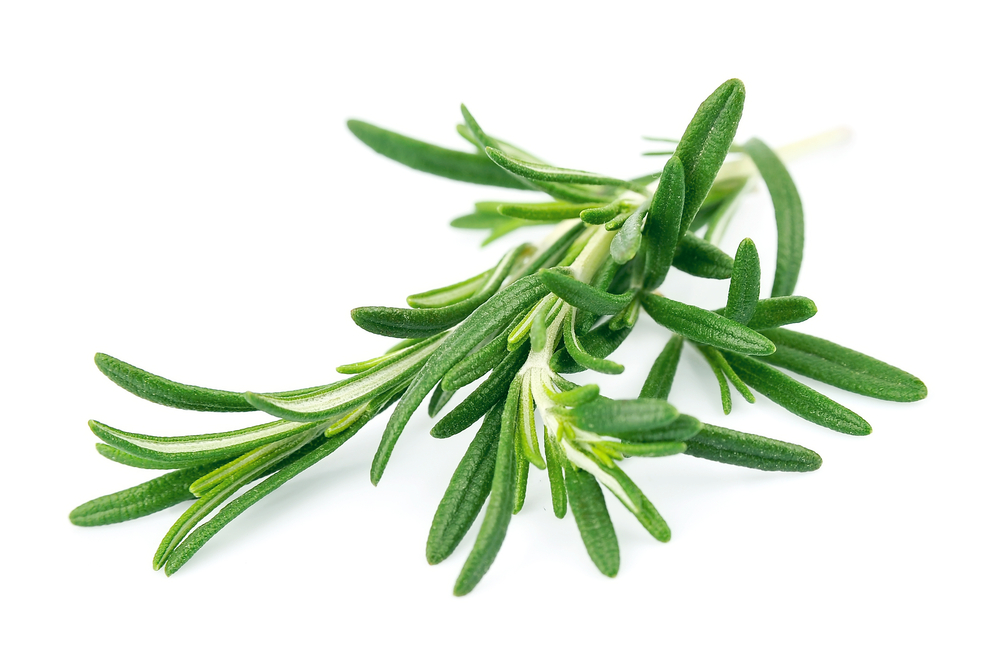
Eucalyptol Medical Research
Aside from providing a minty-fresh aroma, this terpene is a well-known natural agent with pain-relieving and anti-inflammatory properties.
1. Anti-Inflammatory Effects of Eucalyptol
While people have used eucalyptol for centuries, science has yet to back the claims.
Several studies, however, testify to eucalyptol’s antioxidant and anti-inflammatory properties and its potential to combat pain [1]. This terpene is also effectively used in battling sinus infection and inflammation.
2. Analgesic Effects of Eucalyptol
Eucalyptol could be successfully used for pain, either through inhalation or used topically [2,3]. Participants showed less discomfort when they used this terpene.
3. Antibacterial Effects of Eucalyptol
In addition, research shows that this terpene may exhibit powerful antibacterial effects [4]. This natural alternative has shown to be effective against potent bacteria similar to tea tree oil. And according to studies, tea tree oil has one of the best antibacterial actions [5].
Traditional Uses of Plants That Contain Eucalyptol
Eucalyptus, the evergreen tree native to Australia, is traditionally used to reduce symptoms of colds, coughs, and congestion. It’s a common ingredient in creams and ointments meant for relieving muscle and joint pain.
Eucalyptol also naturally occurs in tea tree oil and sage leaf. The aboriginal people of Australia traditionally used tea tree oil as an antiseptic and herbal medicine.
The ancient Greeks and Romans used Sage leaf for better digestion of fatty foods. The Egyptians used it for fertility, while the French used it in tea. White sage has been used for cleansing and purification.
Chemical Structure of Eucalyptol
Eucalyptol (eucalyptol) is a naturally produced cyclic ether and monoterpenoid. This colorless liquid makes up 90% of eucalyptus oil.
Does Eucalyptol Get You High?
There’s a misconception that koalas get ‘high’ off of eucalyptus leaves, and that’s why they sleep a lot. Eucalyptus leaves are rich in eucalyptol, so naturally, one would wonder if that comes from the terpene.
The truth is, terpenes don’t get you high because they don’t interact with the endocannabinoid receptors in the body. These aromatic compounds can alter your mood and emotion to the point where you feel a mild euphoric sensation that relaxes you but is far from getting you intoxicated.
Studies show that terpenes do interact with cannabinoids and influence their effects. While eucalyptol won’t get you high, it can help enhance the outcome of the strain’s main cannabinoids.
So no, koalas don’t get drugged on eucalyptol. They need more sleep (up to 20 hours a day) because eucalyptus leaves are low in nutrition, high in fibrous matter, and contain toxins, requiring extra energy to digest.
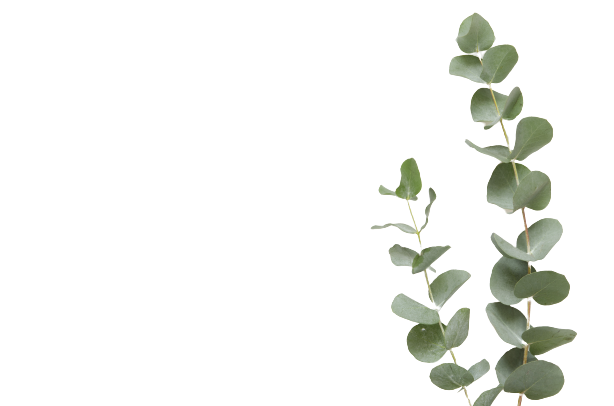
Summary: What Makes Eucalyptol Special?
If we were to point out one thing that makes this terpene unique, that’d be its fresh, minty scent.
Eucalyptol or eucalyptol is a well-known terpene and ingredient in various products. It’s a common herbal remedy for sore throat and sinusitis because it can ease congestion.
In cannabis, you can recognize it by its cooling aroma. It’s commonly found in higher amounts in strains like Super Silver Haze and Girl Scout Cookies.
References
- Kehrl, W., Sonnemann, U., & Dethlefsen, U. (2004). Therapy for acute nonpurulent rhinosinusitis with cineole: results of a double‐blind, randomized, placebo‐controlled trial. The Laryngoscope, 114(4), 738-742.
- Jun, Y. S., Kang, P., Min, S. S., Lee, J. M., Kim, H. K., & Seol, G. H. (2013). Effect of eucalyptus oil inhalation on pain and inflammatory responses after total knee replacement: a randomized clinical trial. Evidence-Based Complementary and Alternative Medicine, 2013.
- Ou, M. C., Hsu, T. F., Lai, A. C., Lin, Y. T., & Lin, C. C. (2012). Pain relief assessment by aromatic essential oil massage on outpatients with primary dysmenorrhea: A randomized, double‐blind clinical trial. Journal of Obstetrics and Gynaecology Research, 38(5), 817-822.
- Zhang, L. J., XUE, Y., Zhang, C. R., & HU, S. H. (2013). Antibacterial and anti-inflammatory effects of eucalyptol. Chinese Journal of Veterinary Drug, 47(3), 21-24.
- Fitzpatrick, M. (2013). Antimicrobial action of tea tree oil (Melaleuca alternifolia) on five common bacteria. Cited on, 11(11).
Signup to our newsletter
Be the first to know about our newest arrivals and special offers!
